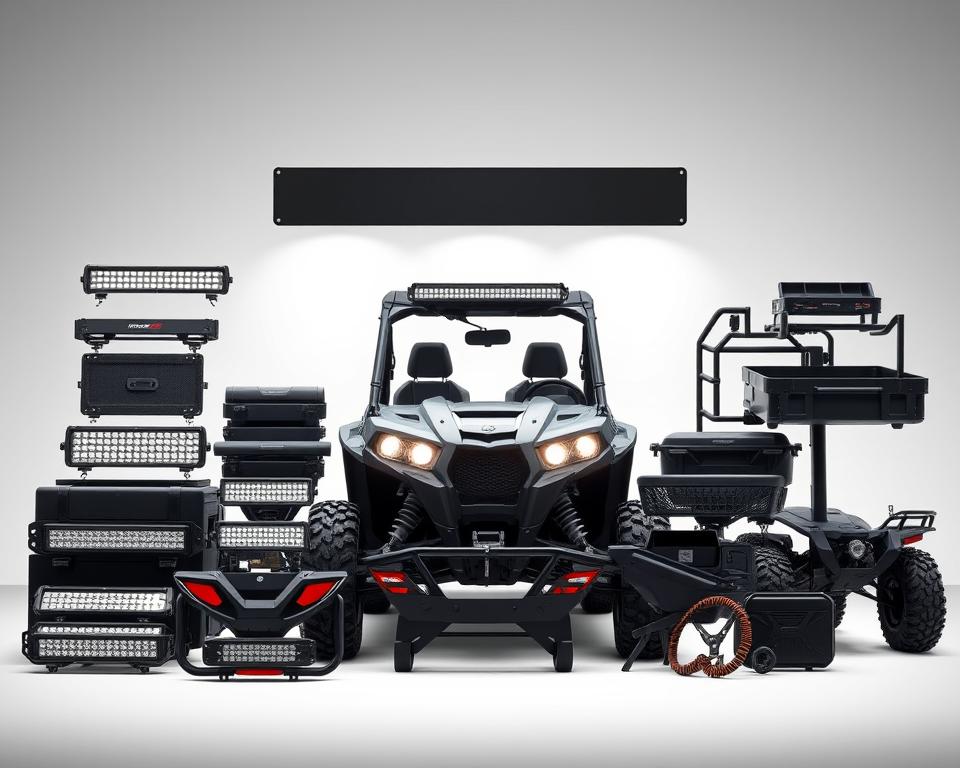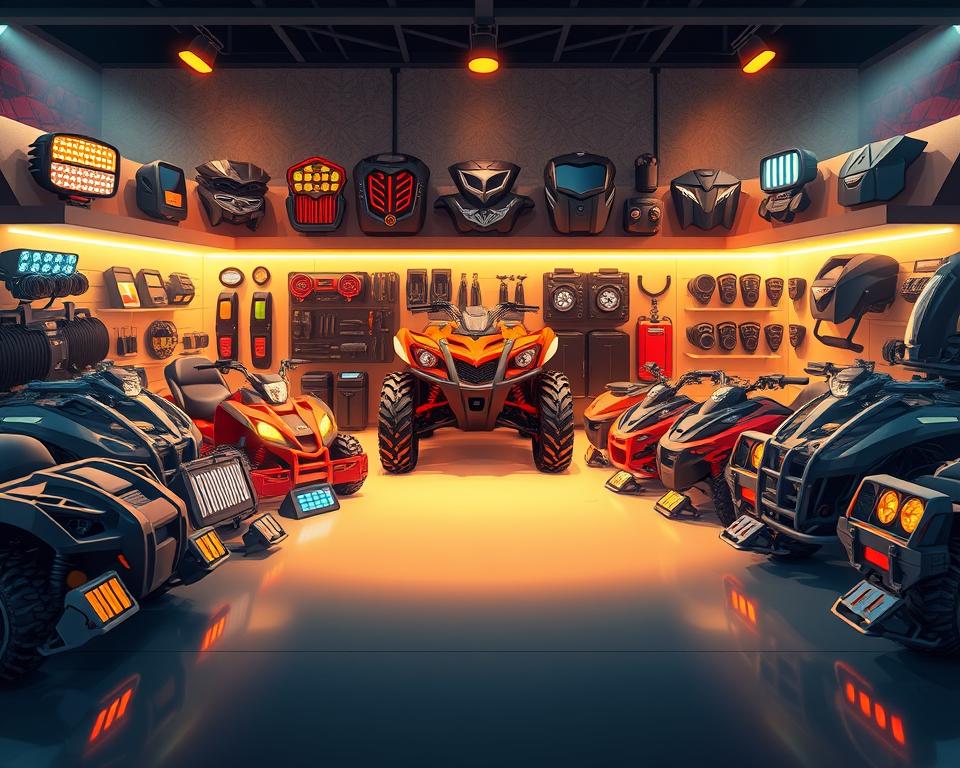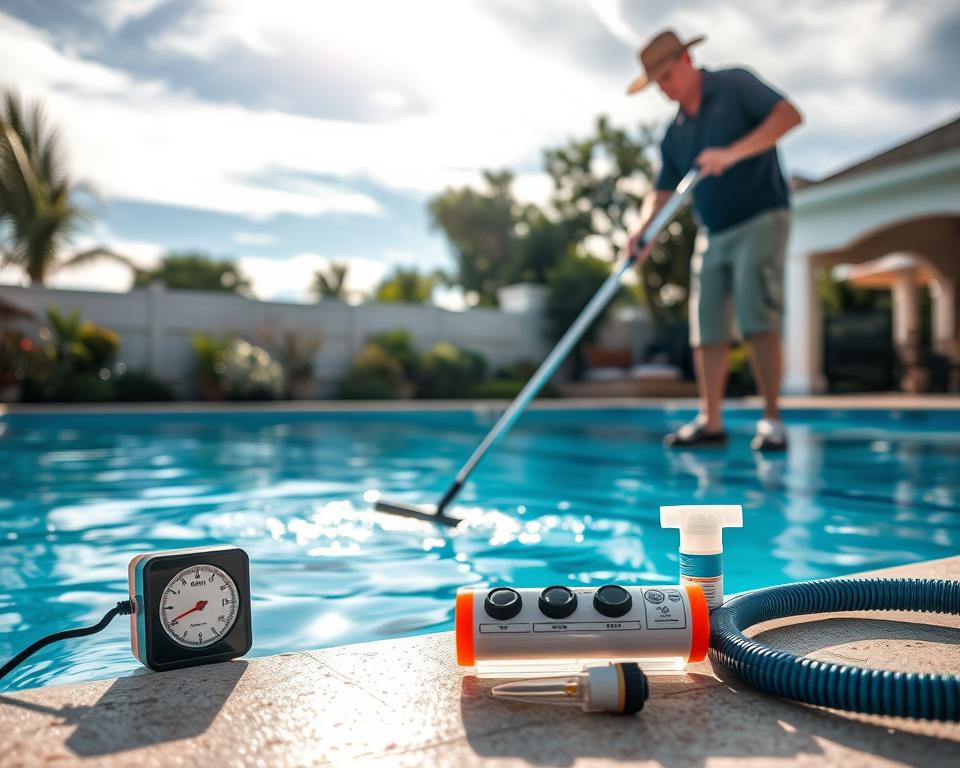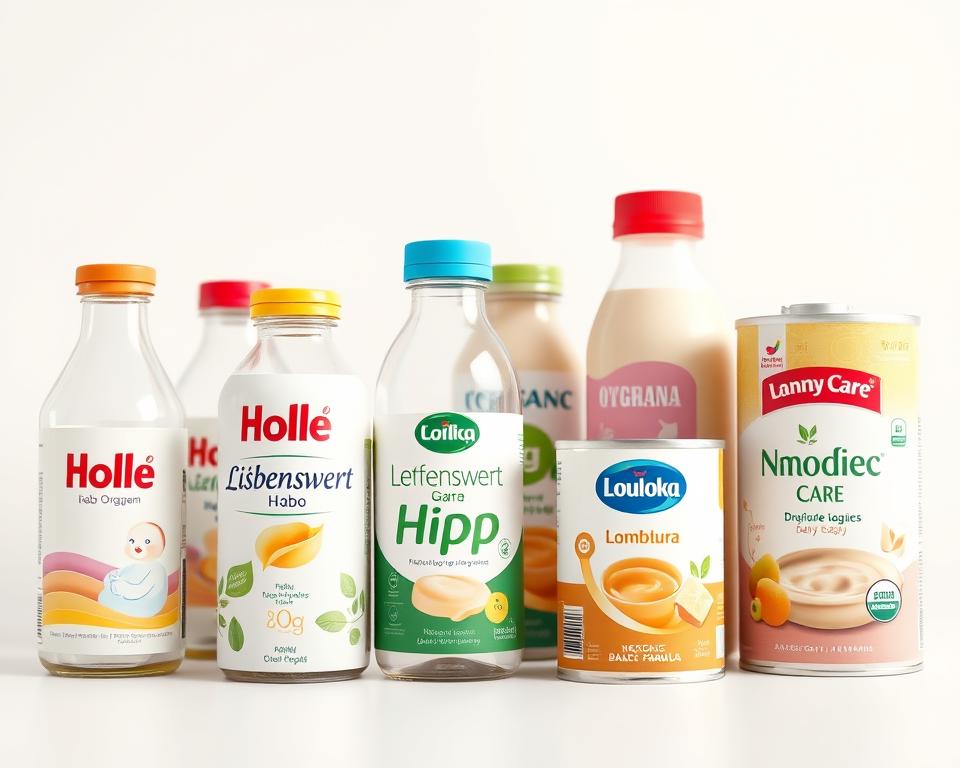Pool Remodeling in Spring, TX: Professional Design & Renovation
Surprising fact: About six in ten of homeowners believe a contemporary outdoor makeover improves curb appeal over a kitchen update.
At Silver Arrow 6 Pools, we bring approachable, professional guidance from initial idea to final walkthrough.
Our team prioritizes style-driven improvements like resurfacing, updated decking, updated lighting, new waterline tile, and high-efficiency equipment.
We integrate new tile and automation—robotic cleaners, controls, and remotes—to provide safety, convenience, and efficiency for your home.
Expect transparent communication, a well-defined pool cleaning Spring Tx scope, and reliable craftsmanship. From site prep to finish application, we prioritize long-lasting materials and energy-efficient systems suited to local climate.
Options including lighting, water features, and matching decking create a unified outdoor feel and protect long-term value.
If you’re ready to refresh your pool, reach out today for helpful guidance, tailored options, and a detailed plan matched to your goals.
Significant Notes
- Silver Arrow 6 Pools offers design-led renovations and local expertise.
- Common upgrades include resurfacing finishes, decking, lighting, and high-efficiency systems.
- Automation adds safety, convenience, and efficiency.
- Quality at every step supports durability and curb appeal.
- Clear communication and a detailed plan make the process low-stress.
Silver Arrow 6 Pools: Professional Pool Remodeling Services Tailored to Your Backyard
We craft thoughtful renovations that work with your existing layout while providing modern finishes and efficient systems.
Our services kick off with a consultative roadmap that defines goals and practical needs. We show options for tile, coping, decking, lighting, water features, and equipment so you can weigh upkeep, cost, and style before you choose.
As area specialists, our experience throughout the region helps us predict site constraints like access, setbacks, and shade. That means designs fit the space and feel intentional.

- Tile and coping options side by side to compare durability versus style
- Space-efficient features: built-in seating, tanning ledges, and spa additions
- Equipment upgrades for better efficiency and water clarity
Be it a minor refresh or a complete transformation, we fit scope to your timing and budget. Schedule a friendly, no-pressure walkthrough to explore customized options for your outdoor space.
Pool Remodeling Spring Tx
A smart upgrade blends new finishes with smart equipment to enhance appearance and reduce operating costs.
Resurfacing, re-tiling, and coping upgrades for a fresh, modern look
Resurfacing restores a smooth, attractive swimming pool surface and can be paired with new tiles and coping for a cohesive style refresh.
Re-tiling the waterline, steps, or raised walls revives style while improving durability. New coping improves safety and comfort with defined edges.
Choose decking that suits your area’s layout and protects landscaping during work. Integrated LED lighting minimizes glare and showcases steps and water for nighttime enjoyment.
Water features like waterfalls, fountains, and bubblers add charm and cooling effects while automated sprayers offer playful practicality.
Energy-efficient equipment, repairs, and maintenance
Upgrade to variable-speed pumps, right-sized heaters or chillers, and high-efficiency filters to cut energy use. Automation keeps control simple and convenient.
Routine maintenance and targeted repairs extend the life of finishes and equipment, supporting clarity and balanced chemistry.
- Sequencing matters: start with structural repairs, then surfaces/tile, then equipment/features.
- Choose textures/colors that resist stains and fit the climate.
- Plan access and staging to protect landscaping and ensure an efficient workflow.
Design Choices for Your Lifestyle, Budget, and Space
Begin with the lifestyle you envision: minimal, kid-friendly, or resort-like, then pick materials that support that vision. Silver Arrow 6 Pools assists in selecting finishes and features that meet your dream aesthetic while keeping within budget and available space.
Glass, Porcelain, Stone, Brick, and Custom Mosaic Tile & Coping Styles
Ceramic and porcelain tiles deliver variety with low maintenance. Glass gives shimmer at waterlines and edges.
Natural stone, travertine, and brick work well for coping, giving traction and comfort at the edge. Custom mosaics let you personalize focal walls or backsplashes.
Backyard Integration: Seating, Tanning Ledges, Spas, and Safety Features
Built-in seating, tanning ledges, and attached spas increase daily use without crowding the area. Design circulation for comfortable furniture and access.
Incorporate non-slip materials, handrails, and subtle step markers for safety and style.
Create Your Dream Pool: Palettes, Textures & Waterline Accents
Select color palettes and textures that match your home’s exterior and hardscape for a coherent, refined look. Waterline tile accents and raised feature walls bring depth with modest upkeep.
- Compare porcelain/glass/mosaic tiles by durability and upkeep.
- Choose coping (stone/brick/precast) balancing traction and comfort.
- Stage deliveries to protect landscaping and keep installs smooth.
Remodeling Process: From Vision to Quality Finish
Our team kicks off by listening to your goals and site specifics. This no-pressure consultation defines budget/timeline and existing issues that impact the scope.
Consultation and Site Assessment: Goals, Issues, and Project Scope
We conduct a hands-on site review to verify access, measure decks, and note safety needs. That helps shape a realistic scope and limits landscape disturbance.
Clear Plan, Timeline, and Permits for a Smooth Experience
We share a stepwise plan with phases for demo, structure, tile/coping, equipment, and curing. Our team manages permit paperwork for electrical/structural updates so the schedule remains steady.
Build Phase, Equipment Install & Final Touches
During construction we provide progress photos and milestone check-ins. Equipment is installed/commissioned to spec, then lighting aim, control setup, and water balance are completed for a refined, quality finish.
At turnover, we review warranties and maintenance tips and guide a walk-through of the finished remodel to verify your satisfaction.
Local Expertise in Spring, TX and Nearby Areas
Working nearby provides an advantage when it comes to fast site visits and timely support. Our crews are familiar with local lots, soils, and weather that affect long-term material choices.
The Woodlands, Tomball, Cypress, Magnolia, Conroe—Proudly Served
We serve homeowners across these communities with flexible scheduling and steady workmanship. That local footprint helps with fast coordination, permits, and material swaps when plans shift.
- We select tiles and coping that resist heat and staining common with tree cover and native soils.
- Our proximity allows planning access routes that protect your home and landscaping during construction.
- Crews adapt to subdivision limits and lot sizes for smooth staging and neat worksites.
- Nearby inventory of favored finishes keeps timelines on track and reduces delays.
“Fast local visits make follow-ups and adjustments straightforward.”
Contact us for a friendly assessment fit to your home and neighborhood. We deliver timely service plus continuing support after the project is complete.
Simple Pricing, Options & Financing
Transparent, itemized estimates let you review finishes, equipment, and schedules together.
We build quotes around your needs with separate line items for finishes, tile and coping, decking, equipment, lighting, and features. Local pricing accounts for area factors like deck square footage and selected equipment packages.
Choose budget tiers that show practical options so you can prioritize high-value items first. We provide side-by-side comparisons that demonstrate operating cost reductions from equipment upgrades.
- Bundle repairs with upgrades to make scheduling efficient and prevent duplicate visits.
- We manage permits, deliveries, and waste removal so there are no unexpected fees in your service agreement.
- Alternative materials can balance cost, lead time, durability.
- Phase work to get early wins now and add enhancements in later seasons.
Helpful financing guidance supports starting now with budget-friendly monthly payments. Typical timelines differ by scope; ask for an example schedule tied to your project and family calendar. Contact us with questions or to refine a proposal so the final plan aligns with your exact goals.
Why Homeowners Choose Silver Arrow 6 Pools
Local families trust Silver Arrow 6 Pools for clear timelines, polite teams, and workmanship that lasts.
Experienced pros focused on quality & communication
Our team delivers hands-on experience with friendly updates at milestones. We keep updates concise and clear so you always know timing and next steps.
Comprehensive services: remodels, equipment upgrades, lighting, and repairs
One contractor manages remodel scopes, new pool equipment, LED lighting plans, and on-time repairs. That central point of contact saves time while avoiding overlap.
“Reliable timelines and tidy worksites lower homeowner stress.”
| Work Scope | Key Benefit | Common Outcome |
|---|---|---|
| Refresh of Tile & Coping | Improved appearance | Extended surface life |
| Equipment Improvements | Greater efficiency | Lower operating costs |
| Lighting and Features | Safety and ambiance | More enjoyable evening use |
Ongoing maintenance programs help protect finishes and systems so you enjoy the life of hard work you invested. Prompt repair response plus clear reports enable informed decisions minus the stress.
Conclusion
Turn a tired swimming area into a cohesive outdoor space aligned to your lifestyle and budget.
Silver Arrow 6 Pools aligns design, materials, features, and equipment through a clear process so projects stay predictable and on schedule.
Choose tiles, tile accents, and coping that match your home and withstand daily use and water chemistry. Well-planned lighting, features, and seating extend enjoyment while adding value.
Timely repairs and ongoing service preserve surface life and minimize downtime. We work across Spring and nearby areas with approachable guidance and practical options.
Reach out to Silver Arrow 6 Pools today to share your vision, review options, and book an on-site consultation.








